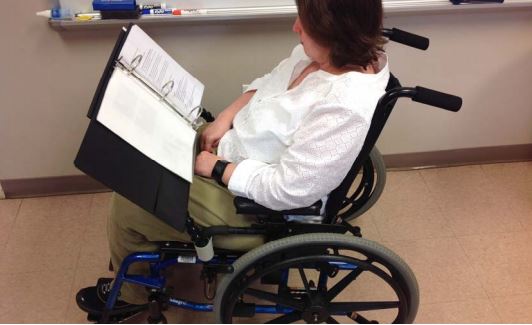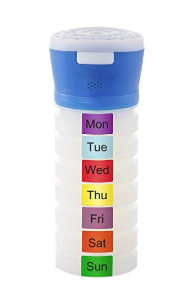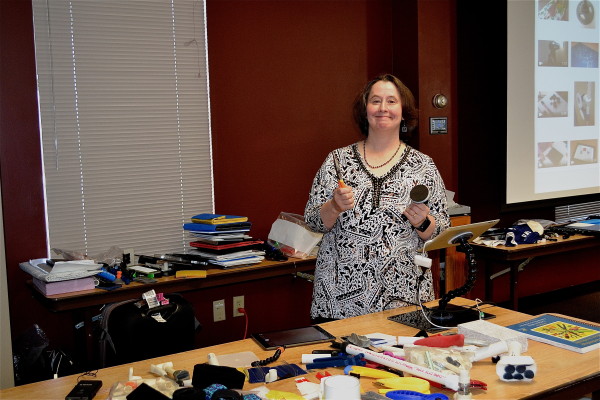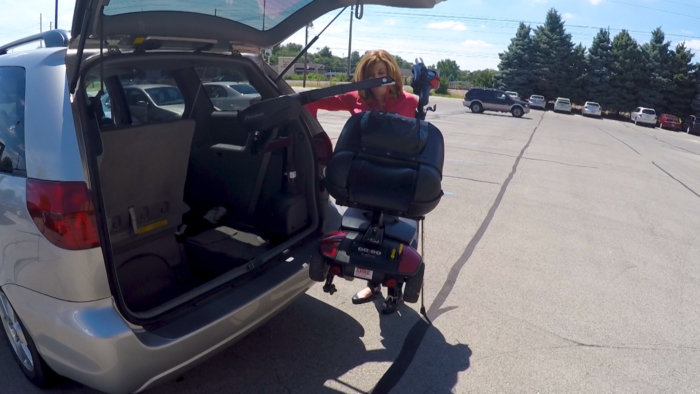Last year, Congress made a resolution designating March 27, 2019 as the first National Assistive Technology Awareness Day. This year, it fell on March 4 in the midst of Developmental Disabilities Awareness Month.
Assistive technology is defined in the Assistive Technology Act, Public Law 105-394, stating: “An assistive technology device is defined as ‘any item, piece of equipment, or product system, whether acquired commercially off the shelf, modified, or customized, that is used to increase, maintain, or improve functional capabilities of an individual with a disability.’”
The Wide Range of Assistive Technology
“Many believe assistive technology includes only highly technical and specialized items, like wheelchairs,” said Audrey Busch, executive director of the Association of Assistive Technology Act Programs (ATAP). “However, assistive technology ranges from low-tech to high-tech items.”

As awareness spreads, Busch hopes people open their eyes to the vast sea of possibilities that assistive technology provides.
 “It is important consumers understand the wide range of assistive technology that can be as simple as a jar opener,” she said. “Increasing the level of awareness of assistive technology will inform consumers as well as the aging population as AT plays a critical role in allowing people to age in place. An example of an item that may help postpone an aging person entering an institution is a medication management device. These devices can be simple but help a person manage the organization of medication.”
“It is important consumers understand the wide range of assistive technology that can be as simple as a jar opener,” she said. “Increasing the level of awareness of assistive technology will inform consumers as well as the aging population as AT plays a critical role in allowing people to age in place. An example of an item that may help postpone an aging person entering an institution is a medication management device. These devices can be simple but help a person manage the organization of medication.”
Busch wants people to realize “we all benefit from assistive technology in our everyday lives.” For example, the smart home device, like Alexa, is a common item in so many homes. It is also assistive technology for people with disabilities and those who are aging.

Smart home devices have been a key element to allowing individuals to age in place. Assistive technology is increasingly becoming a mainstream tool, depending on the device.
Helping Assistive Technology Thrive
ATAP is a national organization representing 54 of the 56 statewide assistive technology programs, including INDATA Project at Easterseals Crossroads. There are four state-level activities that all State Assistive Technology (AT) Act programs conduct.

The first activity is device demonstration. An assistive technology specialist assesses the person in need of assistive technology and determines which devices may fit their needs. The next activity is device loan, allowing people to try out the device for a limited amount of time. This activity is particularly beneficial for people with a short-term need (e.g. someone recovering from an illness or medical operation).

The third activity, reutilization, involves the sanitization and refurbishment of gently used assistive technology devices. Consumers can often get them at little to no cost.
Finally, the state financing activity supports the purchase of assistive technology. Financial loans or other initiatives that directly provide AT to consumers can help.
Funding, or lack thereof, is one of the largest issues that needs more awareness.

“Federal funding streams, such as Medicaid, that allow people to purchase pieces of assistive technology are either underfunded or at risk of being capped or cut,” Busch said. “The Assistive Technology Act has been underfunded since it was last reauthorized in 2004. While we’re still able to help a lot of people, we could do so much more.”
What Assistive Technology Means to People
It’s important to emphasize AT not only provides mere convenience — it can be a vital part of daily life.

This video from the INDATA Project at Easterseals Crossroads shows how important and life-changing assistive technology is for the people who use it.
Assistive technology user George Azar said, “Assistive technology means to me personal freedom, independence, being able to live my life the way I want to.”
User Jywanza Maye added, “Assistive technology means to me opportunity, the ability to work, to get a good job. It levels the playing field for people who are disabled.”
User Fred Fulkerson summed it up perfectly when he said, “Assistive technology allows me to accomplish everything that everybody else does — just in different ways.”
